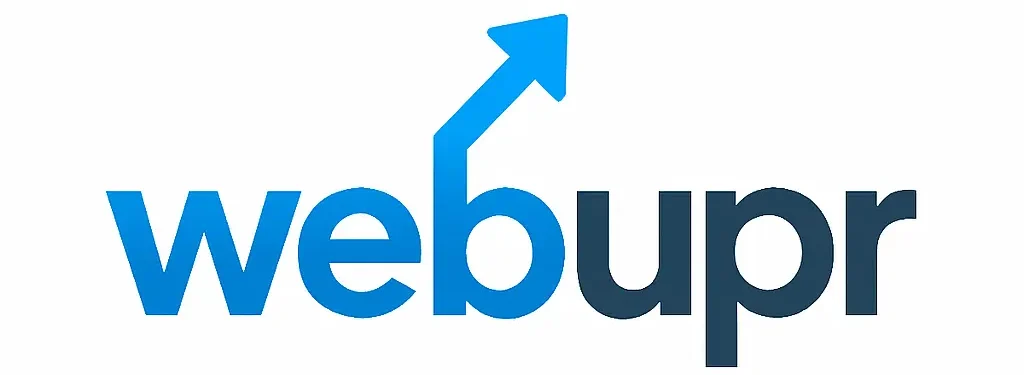Sure, here’s a well-researched, SEO-optimized, beginner-friendly blog article on “GoDaddy cPanel Hosting: Essential Guide”:
GoDaddy cPanel Hosting: Your Essential Guide for Beginners
So, you’re ready to launch your website, and you’ve heard about GoDaddy and cPanel, but you’re not quite sure what they are or how they fit together. Don’t worry, you’re in the right place! This beginner-friendly guide will break down everything you need to know about GoDaddy cPanel hosting, making your journey into the online world smooth and successful.
What Exactly is GoDaddy cPanel Hosting?
Let’s start with the basics.
GoDaddy: Think of GoDaddy as your website’s landlord. They provide the physical space (servers) where your website’s files live. They also offer a variety of services like domain registration (your website’s address, like `yourwebsite.com`), email hosting, and, crucially, web hosting.
cPanel: Now, imagine cPanel as the super-efficient manager of your rented space. It’s a control panel – a graphical interface that makes managing your website and server incredibly easy. Instead of dealing with complex code or commands, cPanel provides user-friendly tools for almost everything you need to do with your hosting.
GoDaddy cPanel Hosting simply means you’re using GoDaddy as your hosting provider, and your hosting account is managed through the cPanel interface. This is a popular and powerful combination, especially for beginners, because it offers a great balance of functionality and ease of use.
Why Choose GoDaddy cPanel Hosting? (The Benefits for Beginners)
GoDaddy’s reputation and the power of cPanel make this a compelling choice for anyone starting out. Here’s why:
User-Friendly Interface: This is the biggest win for beginners. cPanel’s intuitive design means you can navigate and manage your website without needing to be a tech wizard.
All-in-One Solution: GoDaddy offers a comprehensive suite of services. You can often register your domain name and purchase your hosting plan all from one provider, simplifying the setup process.
WordPress Integration: WordPress is the most popular website builder in the world, and GoDaddy makes it incredibly easy to install and manage WordPress websites through cPanel.
Reliability and Support: GoDaddy is a well-established company with a large customer base. They offer 24/7 customer support, which is invaluable when you’re just starting out and might encounter questions or issues.
Security Features: GoDaddy typically includes essential security features like SSL certificates (which encrypt data and show the padlock in the browser) to protect your website and visitors.
Scalability: As your website grows, GoDaddy offers various hosting plans that can accommodate increased traffic and resource needs.
Getting Started with GoDaddy cPanel Hosting: A Step-by-Step Approach
Ready to dive in? Here’s a general outline of what you can expect:
1. Choose a GoDaddy Hosting Plan: GoDaddy offers several types of hosting, but for beginners, Shared Hosting is usually the most affordable and suitable. Consider plans that specifically mention cPanel access.
2. Register Your Domain Name: If you don’t have one already, you’ll register your domain name through GoDaddy during the hosting purchase process.
3. Access Your cPanel: Once your hosting account is set up, GoDaddy will provide you with login details for your cPanel. This usually involves a specific URL (like `yourdomain.com/cpanel`) and your username/password.
4. Explore the cPanel Dashboard: Upon logging in, you’ll see the cPanel interface. Familiarize yourself with the main sections.
Navigating Your GoDaddy cPanel: Key Features You’ll Use
Your cPanel dashboard is packed with tools. Here are the most important ones for beginners:
File Manager: This is where you’ll upload and manage your website’s files. You can create folders, upload images, edit files, and more. It’s like a visual file explorer for your web server.
Softaculous Apps Installer (or similar): This is your magic wand for installing popular applications like WordPress, Joomla, Drupal, and more with just a few clicks. No manual installation required!
Email Accounts: Create professional email addresses associated with your domain name (e.g., `info@yourwebsite.com`). You can also manage existing email accounts and set up forwarding.
Databases (MySQL Databases): If you’re using a CMS like WordPress, you’ll need a database. cPanel makes it easy to create and manage these.
Domain Settings: Manage your domain’s DNS records, set up subdomains, and redirect your domain if needed.
SSL/TLS Status: Monitor and manage your SSL certificates to ensure your website is secure.
Backups: Regularly back up your website’s files and databases. Many hosting plans include automatic backup options.
Website Statistics: Keep an eye on your website’s traffic, see who’s visiting, and understand their behavior.
Tips for Success with GoDaddy cPanel Hosting
Start Simple: Don’t try to do too much at once. Focus on getting your website up and running with a solid foundation.
Utilize the Knowledge Base: GoDaddy has an extensive knowledge base and tutorials that can answer most common questions.
Learn WordPress: If you’re building a website, learning the basics of WordPress will significantly enhance your experience with GoDaddy cPanel hosting.
Regular Backups: This is crucial! Always ensure you have recent backups of your website in case something goes wrong.
* Security First: Keep your cPanel password strong and consider enabling two-factor authentication if available.
Is GoDaddy cPanel Hosting Right for You?
For beginners looking for a reliable, user-friendly, and comprehensive hosting solution, GoDaddy cPanel Hosting is an excellent choice. Its combination of a well-known provider and the powerful, intuitive cPanel interface makes managing your website accessible and straightforward.
Ready to take the plunge? Head over to GoDaddy, explore their hosting plans, and start building your online presence today!
—
Keywords: GoDaddy cPanel hosting, cPanel hosting, GoDaddy hosting, beginner web hosting, website hosting guide, cPanel tutorial, WordPress hosting, shared hosting.
